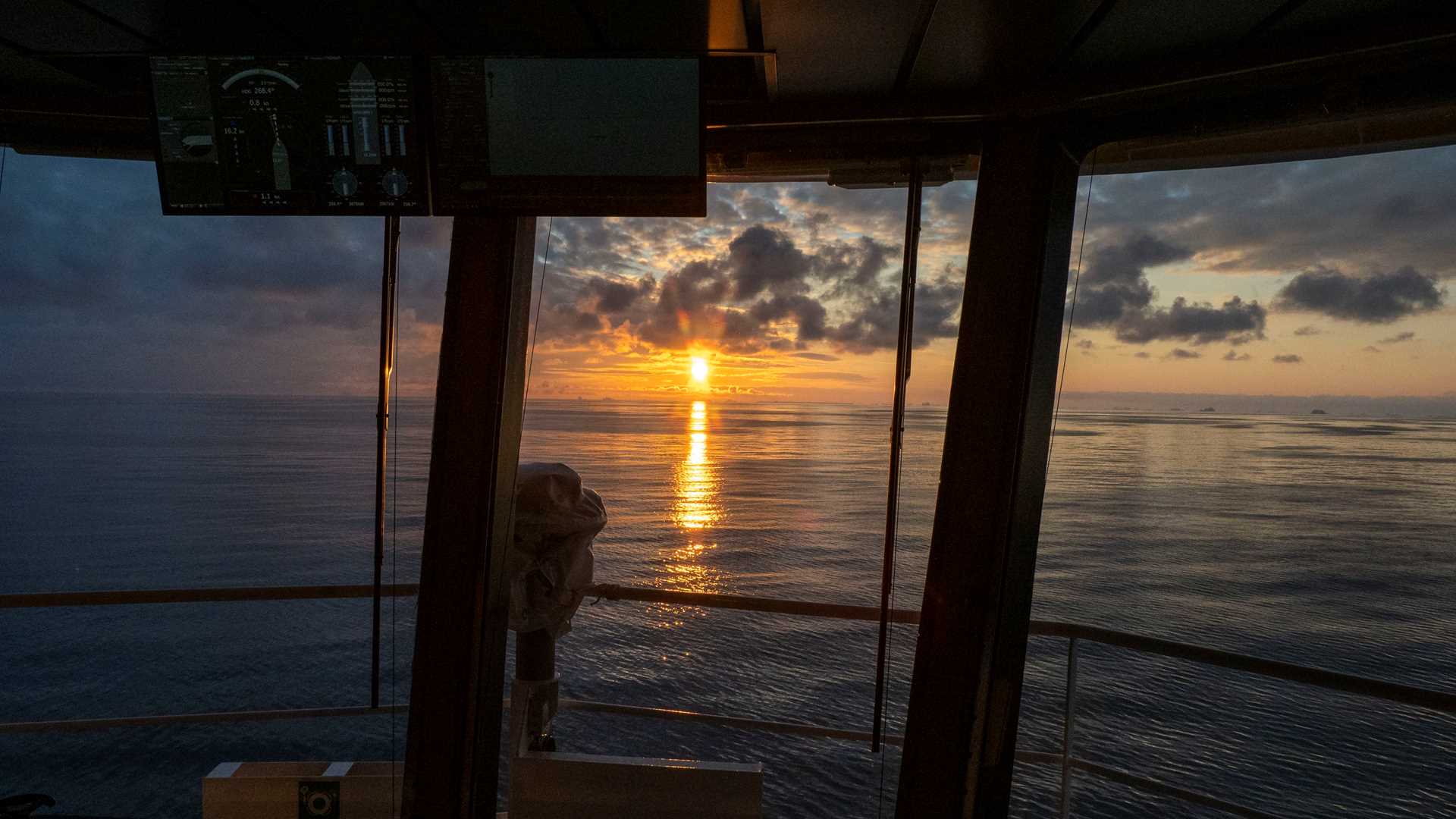All onboard the National Geographic Endurance are excited about our trip to Peter I Island in the Bellingshausen Sea! The first landing of this island came on February 3, 1929, and it was claimed for Norway. This is the first time that every officer, staff member, crew, or guest have been to this very remote island in the western section of Antarctica. Weather conditions look fantastic for our visit to the island. Southern fulmars and Antarctic petrels escort the ship all day long. Humpback whales are seen at the surface throughout the day. And as the day turns to evening, huge icebergs begin to dot the sea, telling us of our proximity to the island. At this latitude the sun doesn’t set this time of year. What adventures will tomorrow bring? Stay tuned dear reader, for the answer may surprise you!
2/28/2025
Read
National Geographic Resolution
Northbound Drake Passage, Cape Horn, and the Beagle Channel
This morning, we had a later start than usual after a late night enjoying the crew show. Our galley team gifted us with a fulfilling brunch. We then had a brilliant forum about climate change with the participation of our panel of experts onboard. Afterward, our expedition leader called us to the bow to see Cape Horn, which was only a few miles ahead. The good weather allowed us to have a smooth and fast crossing, allowing extra time to swing by Cape Horn, the most southern tip of the Americas. Over the PA system, Steven provided a very interesting description of the historical importance of this area, then Pablo read a beautiful poem, a memorial to the seaman lost at sea. We could see the monument in the distance, two metal sheets that depict an albatross in flight. During the afternoon, we enjoyed Madalena’s presentation about Women in Antarctica. This was an incredible voyage through the struggles and delays of allowing women to participate in science and logistics in Antarctica. We entered the Beagle Channel around 17:00 and we encountered black-browed albatrosses, cormorants, dolphins, and whales. On our final approach to the beautiful city of Ushuaia, we passed by Les Eclaireurs Lighthouse and some of the seals that live in the Bridges Islands Archipelago.







